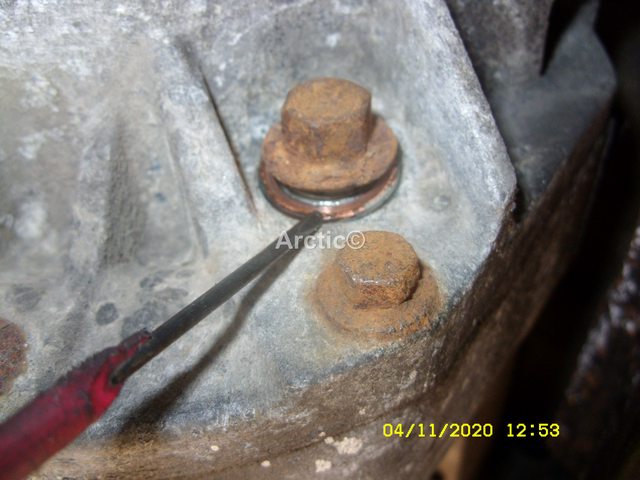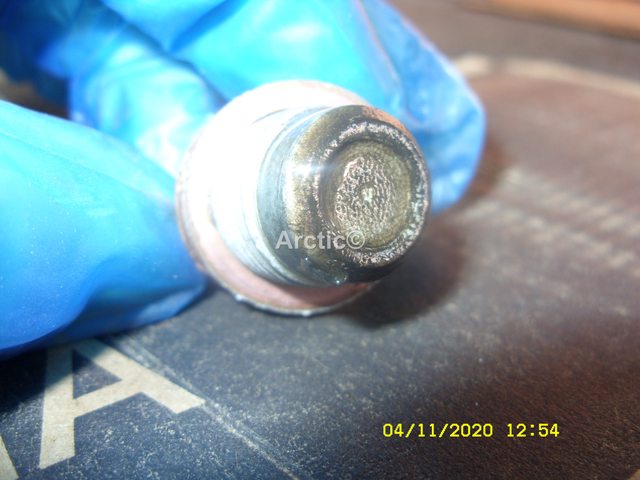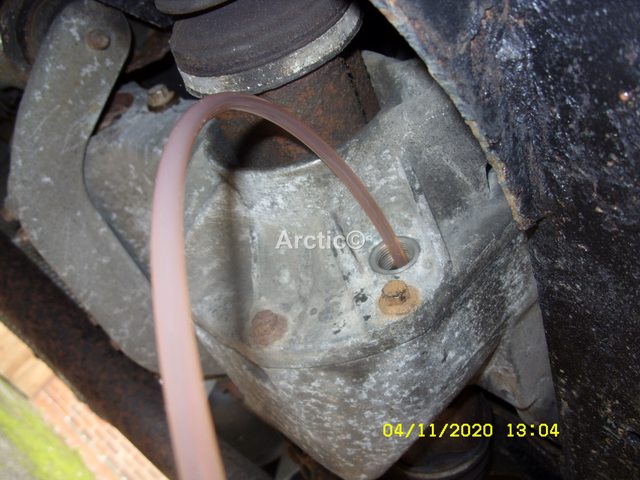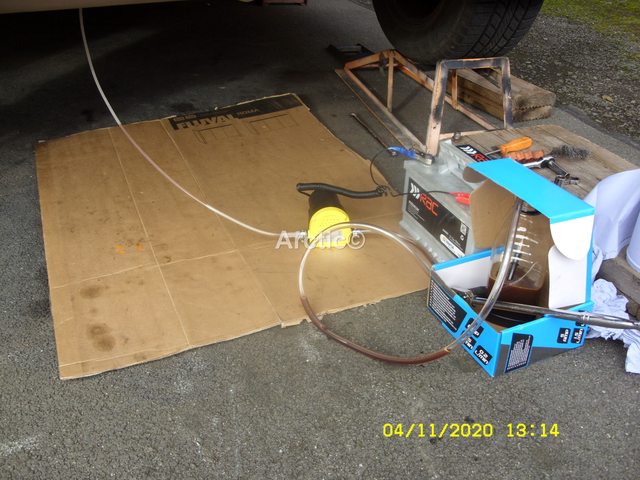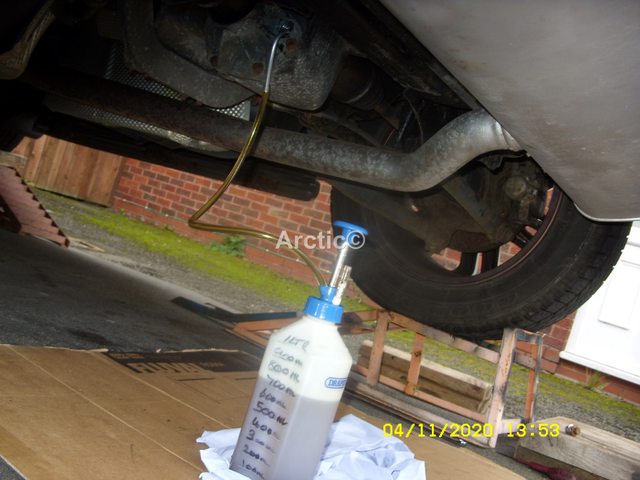The Haldex is just the same as a VCU, only instead of plates surrounded by a fluid that thickens with agitation, the Haldex has a stack of clutch plates, not dissimilar to a motorcycle clutch, which are actuated by a pump and cylinder.
When driving down the road, and the Haldex isn't providing drive, everything rotates together, just is it would on a VCU equipped FL1.
I can turn a front wheel, and this turns the propshaft, so the Haldex isn't stuck, and if it were, it would be no different to a seized VCU. I seized VCU doesn't stop the rear wheels on a FL1 from turning, same as a stuck Haldex wouldn't on a FL2.
This issue must be in the diff pinion, where it's taking drive from the Haldex.

